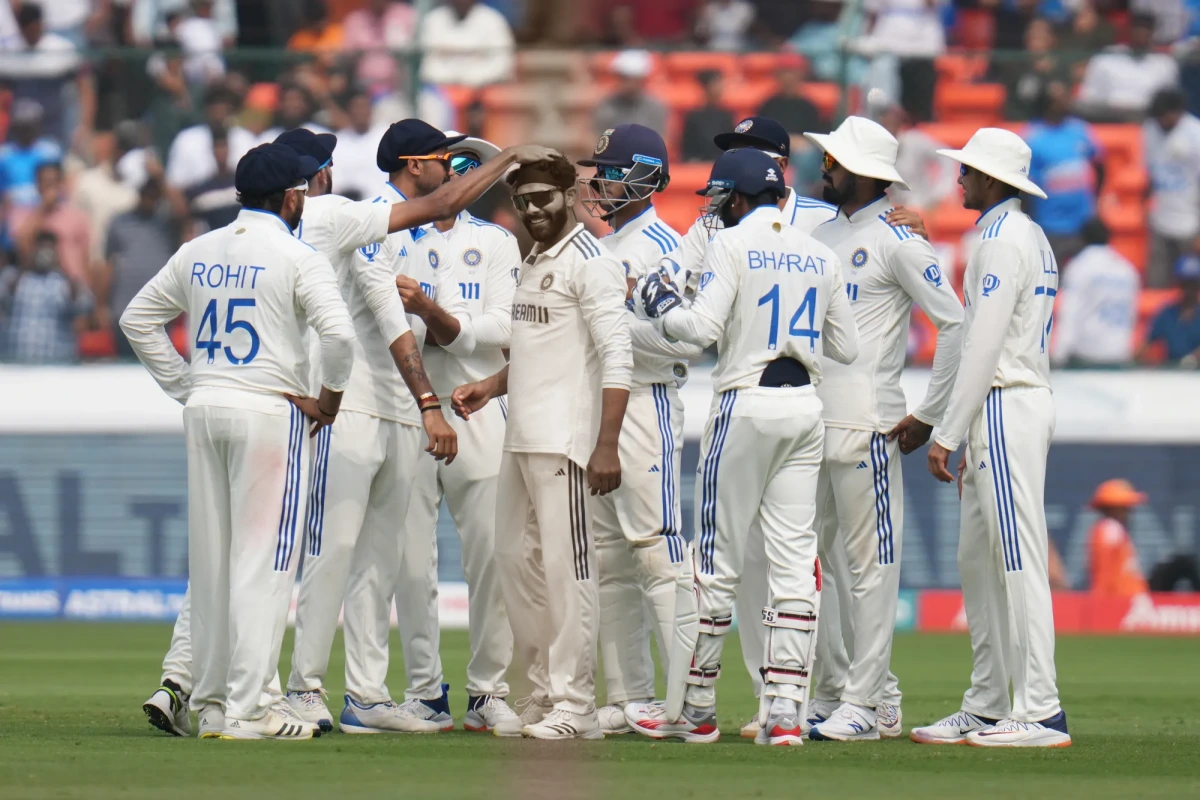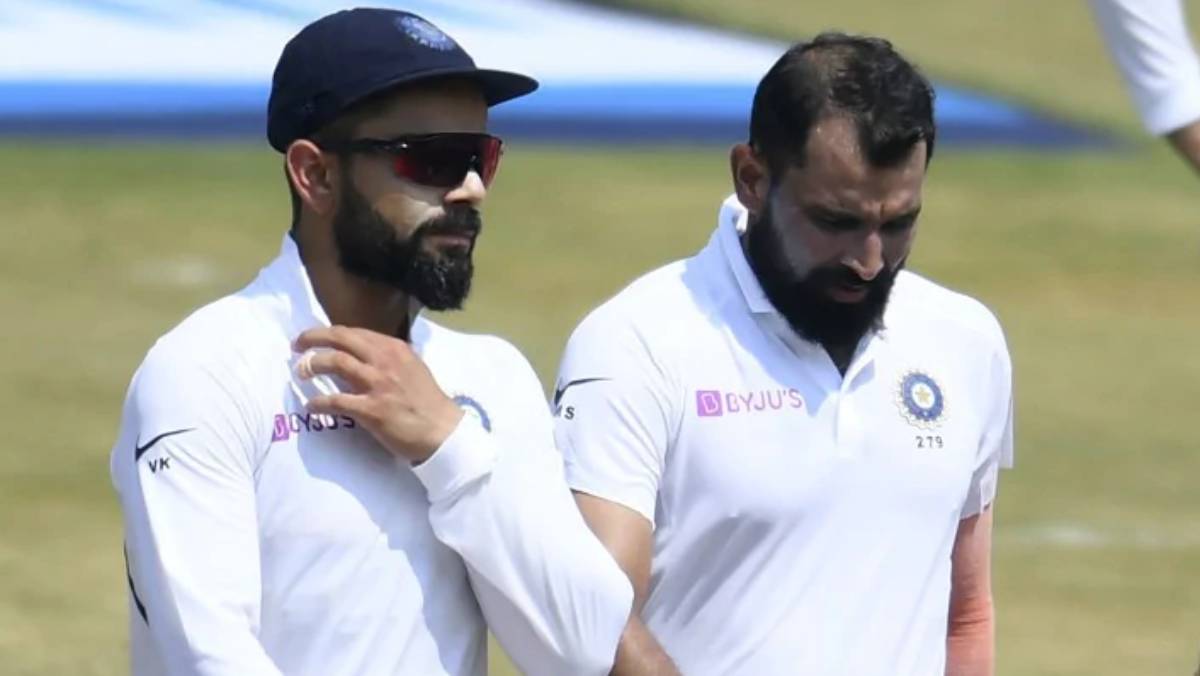In a turn of events that captivated cricket enthusiasts worldwide, the much-anticipated Test series between England and India concluded with the latter securing a resounding 4-1 victory. Despite England’s spirited start and a win in the first Test in Hyderabad, their aggressive “Bazball” strategy, as dubbed by fans and critics alike, could not sustain momentum against India’s determined and versatile performance. This outcome not only underscored the tactical depth required in Test cricket but also highlighted the emergence of new talents and the significance of experienced leadership.

The “Bazball” Experiment: A Closer Look
The term “Bazball,” named after England’s coach Brendon McCullum’s nickname, Baz, refers to England’s high-risk, high-reward approach to batting, aiming to dominate the opposition by scoring quickly. This strategy, however, met its match in India, with the hosts outclassing England in the subsequent four Tests, including a devastating innings defeat in the scenic Dharamsala. The series result brought the “Bazball” efficacy into question, with former India batter Mohammad Kaif critiquing it as an “absolute flop show” during his appearance on Star Sports’ ‘Follow the Blues.’

Kaif’s analysis pointed to England’s inability to adapt their strategy to the conditions and pressures of playing in India. “When they won the first Test match, it seemed like it would be a very good series. It’s a big thing to win the first Test match when you come to India,” Kaif noted, highlighting the initial optimism that quickly faded as England struggled to maintain their aggressive stance.
India’s Triumph Despite Missing Stars
A significant aspect of India’s victory was the absence of several key players, including Virat Kohli, Rishabh Pant, and Mohammed Shami. This situation could have been a considerable disadvantage, yet it instead showcased the depth and resilience of the Indian squad. “It’s a huge thing to win the series in the absence of many key players,” Kaif observed, emphasizing the collective effort and the seamless integration of young talents into the team.

Youngsters like Sarfaraz Khan, Dhruv Jurel, and others stepped up, seizing their opportunities to shine on the international stage. Their performances, along with the leadership of Rohit Sharma, who led both tactically and with the bat, were pivotal in India’s series win. Sharma’s strategic acumen, coupled with crucial innings in key matches, underscored his role as a captain capable of inspiring and guiding his team through challenging situations.
The Path Forward for England
The series outcome serves as a reflection point for England, suggesting that while aggression and innovation are valuable, adaptability and situational awareness are equally crucial in the Test format. The “Bazball” approach, while entertaining and occasionally effective, faces scrutiny when confronted with the strategic depth and adaptability of teams like India.

Conclusion
The Eng versus India Test series was more than a showcase of cricketing skills; it was a testament to strategic depth, the importance of adaptability, and the emergence of new talents.
100 sixes in the India Vs England Test series:
India – 72.
Bazball – 28. pic.twitter.com/u7kcpbe1FS— Mufaddal Vohra (@mufaddal_vohra) March 9, 2024
As England revisits its “Bazball” strategy, India’s cricketing fraternity can revel in the depth and resilience of their team. The series not only provided enthralling cricket but also set the stage for intriguing future encounters between these cricketing powerhouses.

